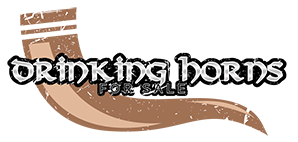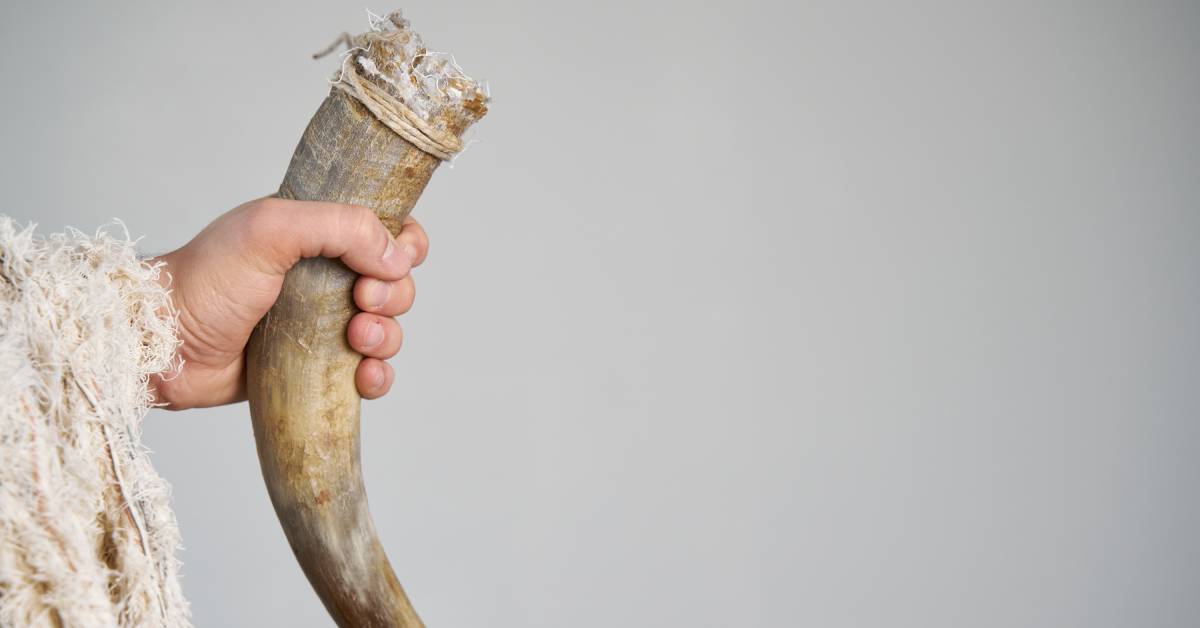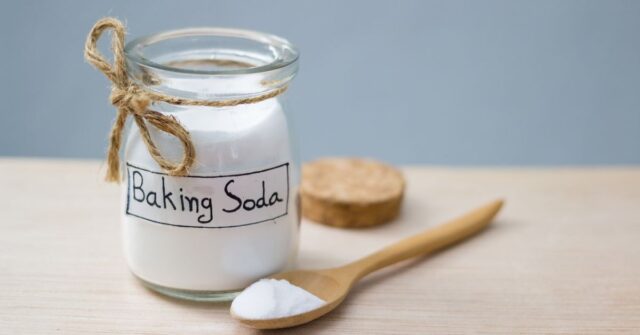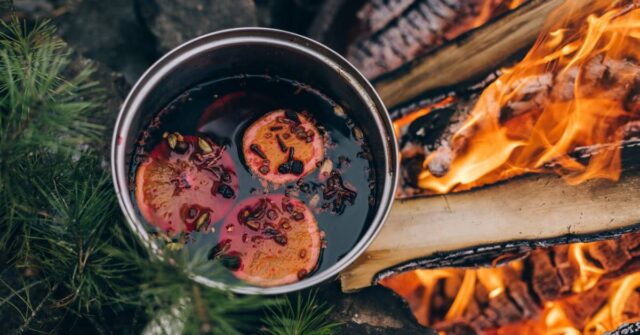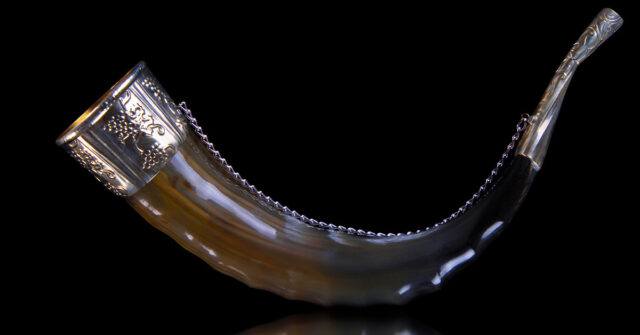The tradition of using drinking horns can be traced back centuries. Despite their age, these items continue to be a symbol of heritage and cultural identity for many people today.
In this guide, we delve into the nuances of the perfect pour, how to fill a drinking horn, and how to care for this special piece of history.
Introduction
From the ancient halls of the Vikings to the modern tabletop of a medieval enthusiast, the drinking horn has held a special place.
In recent years, there’s been a resurgence in the popularity of these horns, particularly among those who appreciate their history, and culture, or simply enjoy a unique drinking vessel.
However, using a drinking horn isn’t as simple as it might seem – the perfect pour requires knowledge, practice, and respect for the tradition.
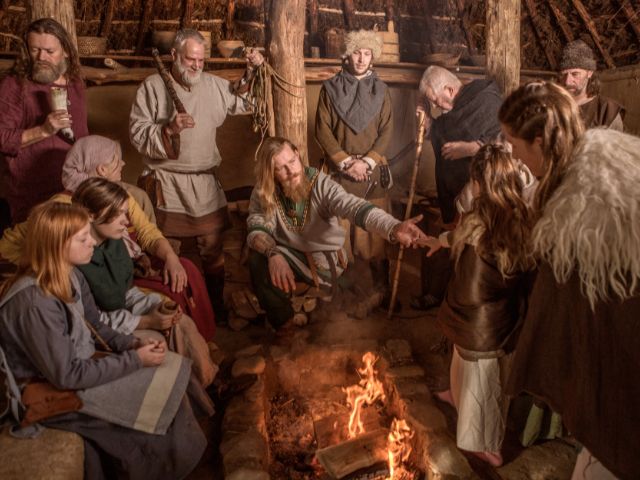
The History of Drinking Horns
Before diving into the techniques and intricacies of using drinking horns, it is important to understand their rich history. This understanding helps cultivate an appreciation of the tradition and the significance of the horn itself.
Origins and Early Use
The use of drinking horns dates back to Classical Antiquity, predominantly in the regions of Scandinavia and the British Isles.
The horns of bovid animals like cattle or goats were typically used, hollowed out, and cleaned to serve as containers for liquids.
Symbolic Significance of Drinking Horns
Drinking horns held more than a practical purpose – they were often seen as status symbols.
The size and decoration of the horn could indicate the rank of the individual, with larger and more ornate horns often associated with chieftains or important figures in the community.
Drinking Horns in Different Cultures
While drinking horns are typically associated with Vikings, their use was widespread across various cultures, including the Greeks, Romans, and Celts.
The design and usage of the horns varied, often reflecting the unique cultural practices and beliefs of these civilizations.
Types of Drinking Horns
With a varied history across cultures and centuries, it’s no surprise that there are many different types of drinking horns. Understanding these can help you choose the right horn for you.
Material Differences
Most drinking horns are made from bovine horns, although some are crafted from the horns of other animals, like buffalo or ram. Different materials can influence the durability, aesthetics, and care requirements of the horn.
Size and Shape Variations
Drinking horns can range in size from a few ounces to several liters. The shape also varies – some are straight, while others curve. Each shape requires a slightly different technique for the perfect pour.
Preparing the Drinking Horn for Use
Before you begin pouring drinks into your horn, you need to prepare it. This can involve cleaning, curing, and taking safety precautions.
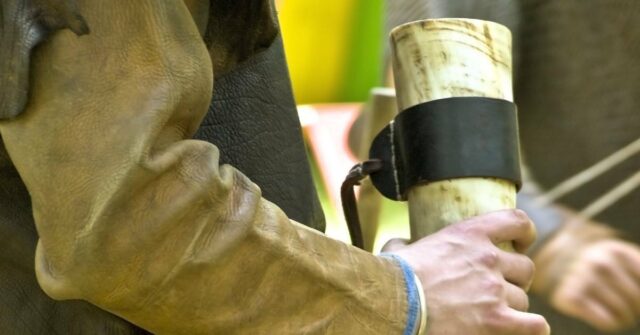
Cleaning and Curing
Most modern drinking horns are treated and safe to drink from immediately. However, it’s a good idea to rinse it out before use.
In some cases, you might need to cure the horn – a process that involves filling the horn with a safe, alcoholic beverage and letting it sit for a while.
Safety Precautions
It’s important to remember that not all drinks are safe to consume from a drinking horn. Acidic drinks can damage the horn or cause harmful substances to leach into the drink.
Always stick to recommended beverages when using your drinking horn.
Choosing the Right Beverage
Not every drink is suitable for a drinking horn. The choice of beverage can greatly impact the experience of using the horn, both in terms of tradition and practicality.
Traditional Drinks
Historically, mead, ale, and wine were the most common drinks enjoyed from a drinking horn. These traditional choices remain popular today, particularly for historical reenactments or themed parties.
Modern Beverage Choices
Many modern beverages can also be enjoyed from a drinking horn, provided they are not too acidic. Beers and ciders are common choices, along with non-alcoholic beverages like water or juice.
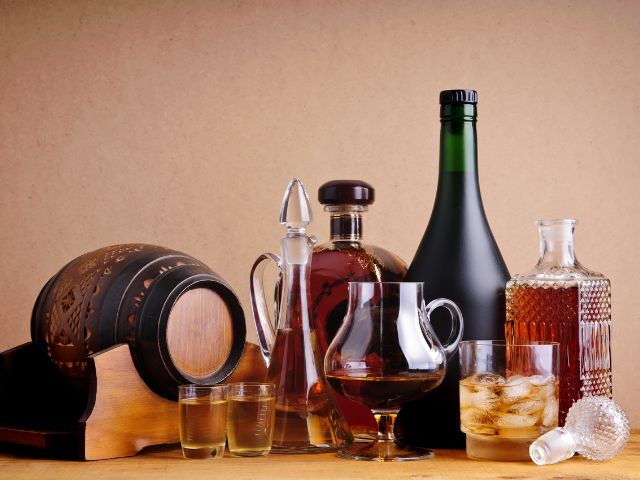
The Art of Pouring
Successfully filling a drinking horn without spilling requires a bit of practice and skill. The shape of the horn, the type of beverage, and the pouring technique all play a part in achieving the perfect pour.
Techniques for Different Drinks
Some drinks pour more easily than others. For thicker beverages like mead, a slow, steady pour works best. Lighter drinks like ale or cider can be poured more quickly.
Avoiding Spills and Overflows
One of the biggest challenges of using a drinking horn is avoiding spills. It helps to pour slowly and steadily while keeping an eye on the level of the liquid as it rises.
Remember, the inside of the horn is narrower than the outside, so it will fill up more quickly than you might expect.
How to Properly Hold a Drinking Horn
Properly holding a drinking horn is key to controlling the pour and preventing spills. The traditional way to hold a drinking horn is by the wider end, with the tip pointing upwards.
This allows for a controlled pour and minimizes the risk of spills.
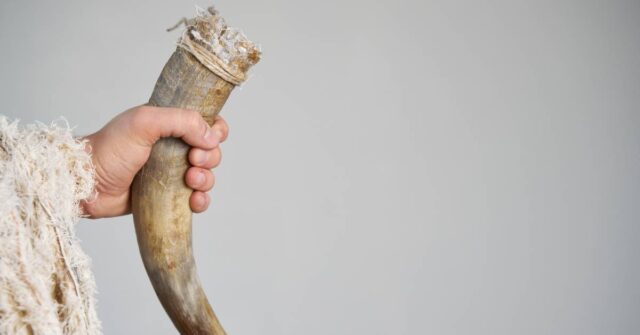
Etiquette and Rituals Surrounding Drinking Horn Use
Using a drinking horn is not just about drinking – it’s also about the rituals and etiquette that accompany its use. Understanding these can help you appreciate the tradition and engage with it more fully.
Traditions from Around the World
Many cultures have specific traditions associated with drinking horns. For example, in Viking culture, a communal horn might be passed around the table, with each person taking a sip before passing it on.
Other cultures might have specific toasts or sayings that are said before drinking.
Modern Practices
Today, many of the old traditions have been adapted to fit modern contexts. This might involve using a drinking horn at a medieval reenactment event, or during a special toast at a wedding or celebration.
Regardless of the context, the core principle remains the same: the drinking horn is a symbol of community and celebration.
Maintaining Your Drinking Horn
With proper care and maintenance, a drinking horn can last for many years. This involves regular cleaning and taking steps to preserve the horn over time.
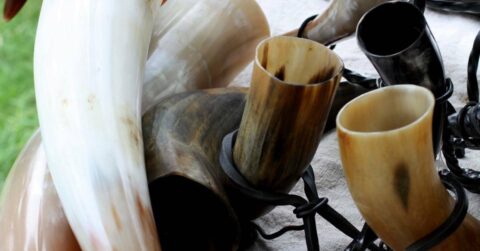
Regular Cleaning
After each use, rinse your drinking horn with warm water. Avoid using soap as it can leave a residue that alters the taste of your beverages. For a deeper clean, you can use a mixture of water and vinegar.
Long-Term Preservation
To ensure your drinking horn lasts, it’s important to store it properly. Keep it out of direct sunlight and avoid extreme temperatures. Also, never put a drinking horn in the dishwasher.
With the right care, your horn can serve you for many enjoyable drinks to come.
Conclusion
Understanding how to fill and use a drinking horn is a journey into history and culture. With the right preparation, technique, and care, you can enjoy many happy hours of drinking from your own piece of history.
Remember to always use your horn responsibly and appreciate the traditions that it represents. Here’s to the perfect pour!
